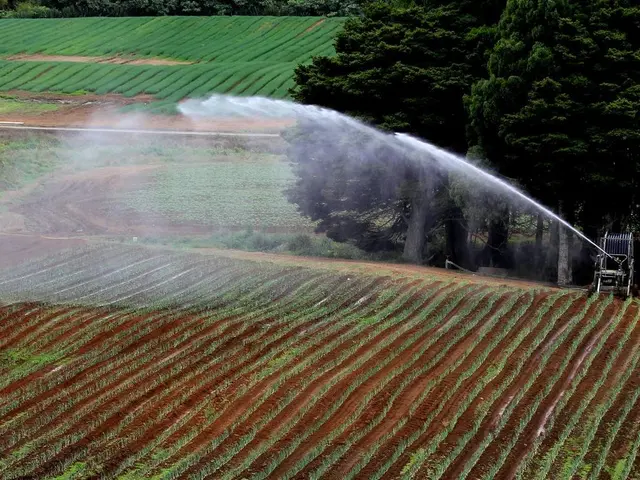Deep-sea explorers report encounters with invertebrates, specifically worms and mollusks, at a staggering depth of almost 10 kilometers beneath the ocean surface
In a groundbreaking discovery, a research team from the Russian Academy of Sciences, along with scientists from New Zealand, China, and Denmark, have uncovered thriving communities of marine worms and ancestral bivalve mollusks living at extreme depths in the Western Aleutian and Kurile Trenches.
Located off the coast of Alaska and northeastern Siberia, the Western Aleutian Trench runs east-west, while the Kurile Trench, one of the deepest depressions on the planet, lies east of the Kurile Islands, Hokkaido, and Kamchatka. The expedition, conducted near the epicenter of the recent major earthquake that occurred in the Kamchatka peninsula, covered more than 2,500 kilometers of surface along both trenches.
The team used the Chinese manned submersible, named Fendouzhe, to venture into the depths of these oceanic trenches. Remarkably, they found a "thriving chemosynthetic life" at depths where it was thought unthinkable to find such organisms. These organisms synthesize their energy using hydrogen sulfide and methane that seep through the faults in the tectonic plate.
Methane is produced through microbial processes in the organic matter found in the sediments in the marine trenches. Given the geological similarities with other hadal trenches, these chemosynthesis-based marine animal communities could be more widespread than previously thought.
This discovery contributes to a better understanding of the complex carbon cycle in the deep ocean. The research, published in the prestigious journal Nature, challenges long-held assumptions about the potential for life at extreme depths, where light does not reach. These chemosynthetic ecosystems are a testament to the resilience and adaptability of life forms in the most inhospitable environments.
The Pacific Plate slides under the North American Plate along the Western Aleutian Trench, creating a unique environment for these organisms to thrive. The mission, which saw depths ranging from 5,800 to 9,533 meters, has opened up new avenues for research and exploration in the deep sea.
Read also:
- Peptide YY (PYY): Exploring its Role in Appetite Suppression, Intestinal Health, and Cognitive Links
- Toddler Health: Rotavirus Signs, Origins, and Potential Complications
- Digestive issues and heart discomfort: Root causes and associated health conditions
- House Infernos: Deadly Hazards Surpassing the Flames








